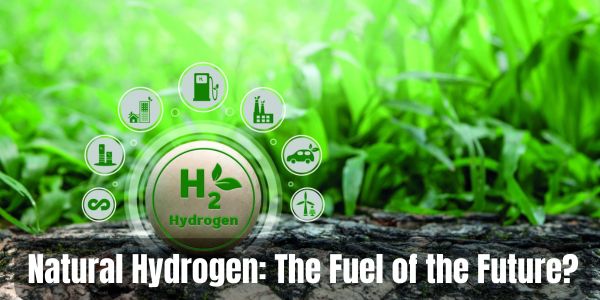As the world races to decarbonize, a surprising contender has emerged in the energy landscape: natural hydrogen. Dubbed “white hydrogen,” this naturally occurring gas, found in underground deposits, could reshape how we power our future. But is it truly the fuel of tomorrow, or just another fleeting hope in the quest for clean energy? The Interview Times explores.
What Is Natural Hydrogen?
Unlike green hydrogen (produced using renewable energy) or grey hydrogen (derived from fossil fuels), natural hydrogen is formed through geological processes, such as water reacting with certain rocks or radioactive decay deep underground. Recent discoveries in places like Australia, Canada, and France have revealed potentially vast reserves, sparking excitement among energy experts.
Did You Know? A 2023 U.S. Geological Survey estimate suggests global natural hydrogen reserves could exceed hundreds of billions of tonnes—far more than current global hydrogen demand.
Must Read: Apple to Split iPhone Releases, Debut First Foldable in 2026
Why It’s Generating Buzz
Natural hydrogen’s appeal lies in its promise of clean, low-cost energy. Here’s why it’s turning heads:
- Near-Zero Emissions: Extracting natural hydrogen produces minimal carbon emissions, making it a strong ally in the fight against climate change.
- Cost Advantage: Early estimates from energy analysts at Rystad Energy suggest extraction costs could be as low as $0.5–$1 per kilogram, compared to $4–$6 for green hydrogen.
- Versatility: Hydrogen can fuel vehicles, power heavy industries like steelmaking, and store energy to stabilize renewable-heavy grids.
- Energy Independence: Countries with deposits, like Mali or Australia, could reduce reliance on imported fuels, reshaping global energy markets.
The Challenges Ahead
Despite the hype, natural hydrogen faces significant hurdles. Commercial extraction is still in its infancy, with pilot projects—like one in Mali in 2024—struggling with inconsistent flow rates. Building pipelines and storage for hydrogen is costly and complex, as the gas can corrode traditional pipelines. Safety is another concern, given hydrogen’s flammability, though modern engineering can mitigate risks.
Moreover, natural hydrogen competes with green hydrogen, which enjoys strong policy support in regions like the European Union. If green hydrogen production costs drop as projected (to $2–$3 per kg by 2030), natural hydrogen’s economic edge could weaken. Environmental risks, such as potential methane leaks or groundwater disruption during extraction, also need careful study.
Must Read: Man’s 18-Year Snake Venom Experiment Leads to Breakthrough Antivenom
The Global Race Is On
The natural hydrogen sector is heating up. In Australia, HyTerra is drilling exploratory wells, aiming for commercial production by 2027. France’s 45-8 Energy uncovered a major deposit in Lorraine in 2024, potentially holding millions of tonnes. Canada’s Hydroma and others are also ramping up efforts. Governments are taking note: Australia’s 2025 Energy Strategy now includes incentives for natural hydrogen, and the EU is funding research.
Analysts at BloombergNEF project that natural hydrogen could meet 10–20% of global hydrogen demand by 2050, assuming infrastructure and technology scale up. With hydrogen demand expected to hit 500 million tonnes annually by then, that’s no small feat.
Is It the Future?
Natural hydrogen holds immense promise, but it’s not a cure-all. Its success hinges on overcoming technical and economic barriers, from drilling to distribution. It’s likely to complement, rather than replace, other clean energy sources like solar, wind, and green hydrogen. By 2030, as more projects come online, we’ll know whether natural hydrogen can live up to its potential.
For now, it’s a space to watch. As the world seeks sustainable energy solutions, natural hydrogen could be a game-changer—or a reminder that the path to a clean future is rarely straightforward.
Stay tuned to The Interview Times for more updates on the energy revolution.

